Twenty-Four Eggs of Intimacy: Loren & Mastroianni in I Girasoli
- Valeria Marchesani
- 16 lug 2024
- Tempo di lettura: 4 min
Aggiornamento: 29 mag
I Girasoli," a 1970 film directed by Vittorio De Sica and starring Sophia Loren and Marcello Mastroianni, is a heart-wrenching love story, quintessentially Italian, filled with meetings and farewells, love and war. Eros and Thanatos intertwined in a drama that captures the grand themes of humanity. The title of the film, "I Girasoli," refers to the vast sunflower fields in Russia, where thousands of soldiers and civilians were buried during the battles of World War II.
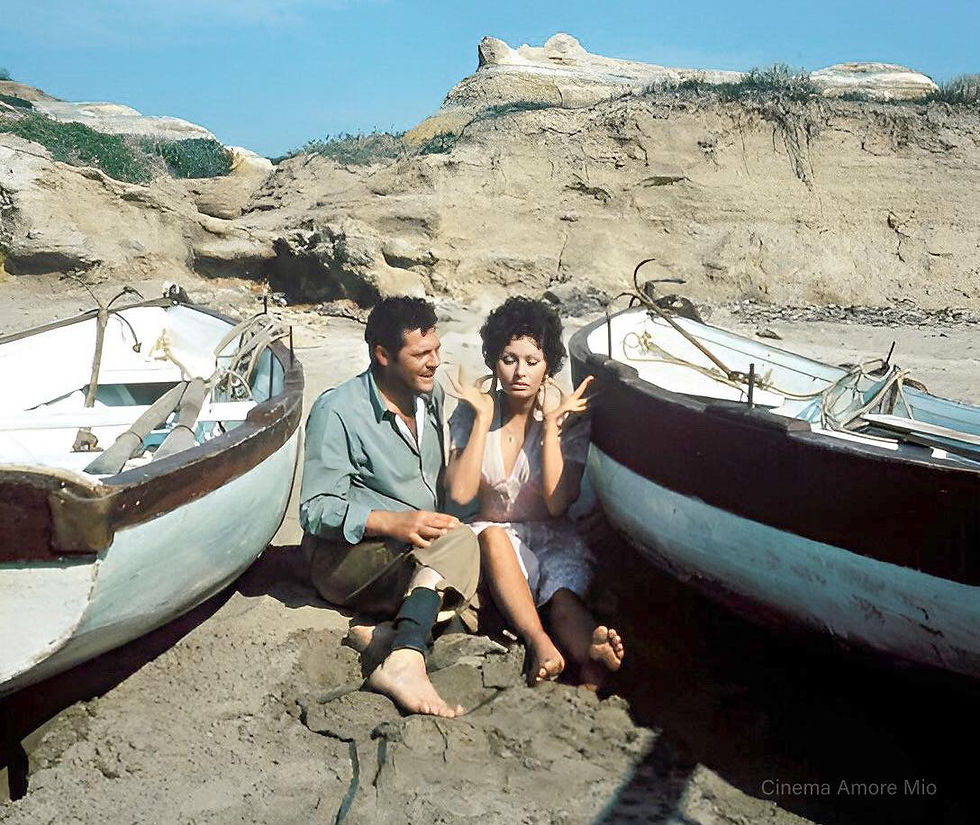
This backdrop sets the stage for the story of Antonio, an Italian soldier about to be called back to the front, and Giovanna, a young Neapolitan woman, in Italy in 1943. Swept away by passion in Naples, Antonio and Giovanna marry. During their 12-day marital leave, they live their honeymoon, carving out a domestic oasis of love and normalcy, even under the threat of bombings. With the awareness of their imminent separation, the newlyweds love each other intensely, surrendering to the present moment, biting into life with passion. But, after just a few days, the war separates them, sealing the fate of a love as unfortunate as it is intense and overwhelming.
The Frittata: Symbol of Care and Tradition
At the heart of this love story, food and eros find a masterful representation in a kitchen scene where Mastroianni and Loren prepare a gigantic frittata. The kitchen is a place of intimacy, and food acts as a binding agent of souls and sharing.
In "I Girasoli," the frittata becomes Cupid's arrow, uniting Antonio and Giovanna in a ritual of care and tradition. In a world marked by war and uncertainty, this simple dish represents an anchor of normality, a daily act of love that transcends time and circumstances. The kitchen, a space of intimacy and complicity, becomes the sacred place where food and eros merge, creating a magical and unforgettable moment.
A Ballet of Armony in the Kitchen
Antonio prepares the frittata to care for his bride, with the casual pride of an Italian man who knows how to make the perfect frittata. A big frittata with no less than 24 eggs, of course, fresh from the day. The preparation is not just a culinary gesture but a ritual of love and tradition, a link with the men of the family: his grandfather, who first dared to finish a 24-egg frittata after the first night of marriage, and his father, the true champion of frittata in the family.
For eggs, as is known since ancient times, are the most potent protein restorative to support the labors of love. The fresh eggs are brought by Antonio's mum every morning at dawn, thus closing the family ritual of the frittata.
Antonio cooks, Giovanna sets the table, without frills or embellishments, everything aimed at the essentials. The harmony is perfect; that frittata deserves the Nobel Prize for love.
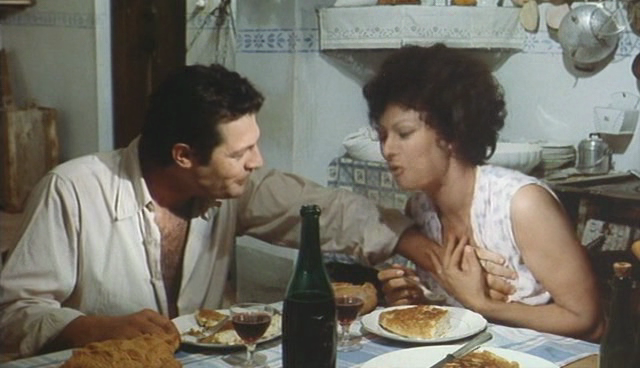
Antonio's Recipe: Simplicity and Tradition
Antonio's frittata is never flipped during cooking and is only turned onto the plate at the moment of serving, just as Artusi recommends. The playful exchange about using butter, typical of the north, instead of oil, as Giovanna, a true Neapolitan, would suggest, adds charm.
As for the recipe, it is very simple: 24 eggs, oil, salt, pepper. Beat the eggs well, pour them into a pan with plenty of butter, stir so that they cook evenly until they start to stick to the bottom. At that point, finish cooking, cover with a plate, and flip before serving.
Accompany with a good bottle of wine and a piece of bread for each person, strictly breaked with hands. Look into each other's eyes, toast, laugh, eat, love, enjoy.
Conclusion
"I Girasoli" is a masterpiece that uses food as a vehicle for love and intimacy. The frittata scene, with Mastroianni and Loren, is a tribute to the love and semplicity of everyday life, even in the most challenging circumstances.

The Marchesa's Tips for The Perfect Frittata
High and Fluffy
For a high frittata, you need to use a lot of eggs. Alternatively, you can make it in a very small pan, considering that the portion for one person is 2 eggs.
Beating the Eggs
Should you beat the eggs a lot? Some say no, including Artusi. Personally, I like to beat them a bit, adding a pinch of Parmesan, pepper, and salt at the end.
Pan Cooking
For a classic frittata, pour the mixture into a hot pan after adding plenty of extra virgin olive oil. At first, stir a bit on the heat, and as the eggs start to set, let them compact. Once the base has the right thickness, let it cook, then flip with the help of a lid.
Oven Cooking
Another solution for a high frittata is oven cooking, always with plenty of eggs or in a not-too-large baking dish. Oven cooking will make the frittata drier and higher, and you won't risk breaking it because flipping isn't necessary. It cooks in about 10 minutes at 180°C.
Enriching the Frittata
If you love a high and enriched frittata, let your imagination run wild. You can use seasonal vegetables, aromatic herbs, onions and potatoes, an eternal classic, or mushrooms. You can add cheeses and ricotta for a delicious but certainly not light result. I love adding a bit of yogurt or a drop of lemon to cut the richness.
Conclusion
Whether you prepare it in a pan or in the oven, the result will always be a triumph of taste and tradition. So, get creative with the ingredients, follow these tips, and let every frittata become an act of love, worthy of being shared with those you love.



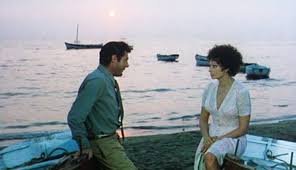



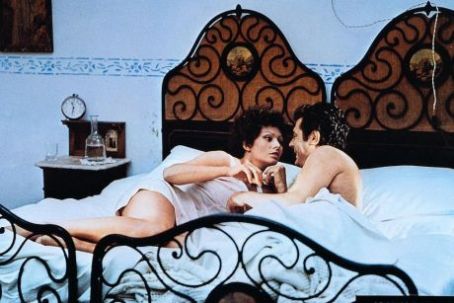

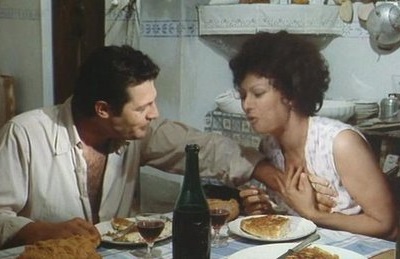











Commenti